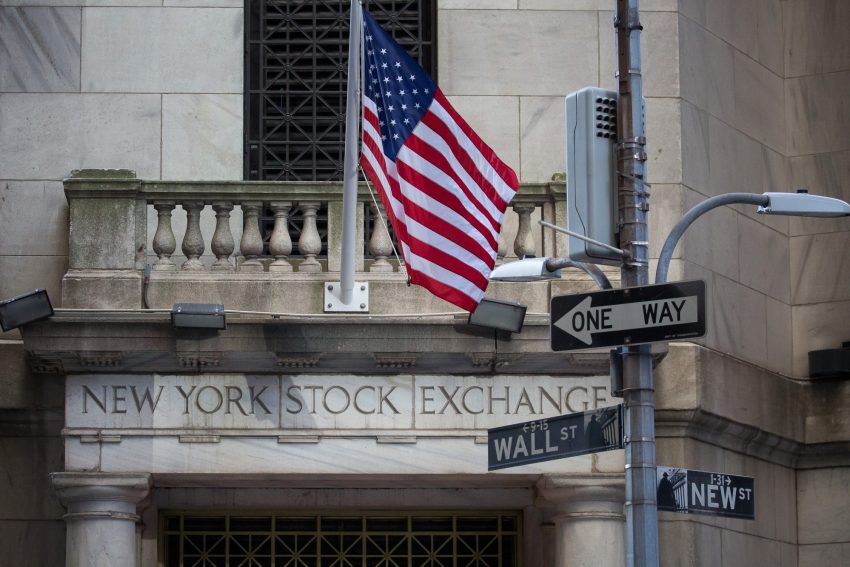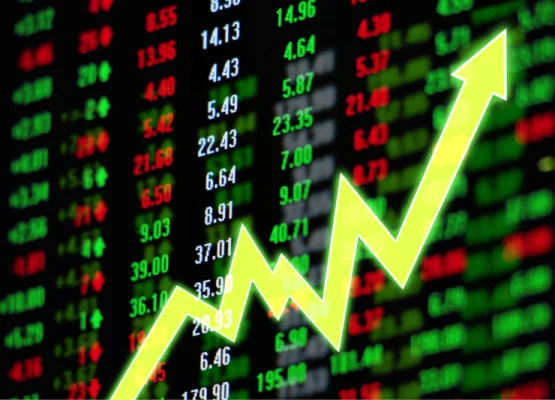NEW YORK (Reuters) – Several indicators that pointed to upside for U.S. stocks this year have shifted to a more neutral outlook, potentially leaving equities vulnerable to turbulence from a recent surge in bond yields and worries over China’s economy, investors said.
Some investors watch so-called contrarian indicators to gauge the market’s mood, with extreme pessimism thought to be a good sign to buy and vice versa. At the start of the year, measures such as stock positioning and allocations to cash showed extreme bearishness, reflecting investors’ grim outlook following a brutal selloff in 2022 and expectations of a recession in the second half of this year.
But signs of a resilient economy and cooling inflation drew investors off the sidelines and bolstered risk appetite in the months that followed, fueling a nearly 14% rise in the S&P 500 this year. The upshot, some believe, is that there is now less cash on the sidelines to drive further gains and fewer skeptical investors to win over.
While bearish positioning was a “strong tailwind” for risk assets in the first half of 2023, that’s “not the case” in the second half, strategists at BofA Global Research wrote in a report earlier this week.
The bank’s survey of fund managers showed cash allocations dropped to 4.8% in August, the lowest level in 21 months. That shifted its “cash rule” indicator – which stands at “buy” when allocations are above 5%, to “neutral.” The survey also showed fund managers the least bearish since February 2022.
Bearishness among retail investors, meanwhile, is at half the levels seen in September 2022, according to the AAII Sentiment Survey.
“There was plenty of pessimism in the market earlier this year and that shift from pessimism to optimism was fuel for a rally,” said Willie Delwiche, strategist at Hi Mount Research. “We saw it quickly go from too much pessimism to excessive optimism, and now we are starting to see that roll over.”
Investors are looking ahead to the Federal Reserve’s annual symposium in Jackson Hole, Wyoming, at the end of next week for further insight into how long the central bank intends to leave rates around current levels.
OPTIMISM TESTED
The surge of optimism that helped fuel stocks is being tested this month, though it remains to be seen whether investors will see the declines as an opportunity to buy on the cheap or a signal to lighten up on stocks.
The S&P 500 is down more than 5% from its intra-day high in late July while yields on the benchmark U.S. 10-year Treasury on Thursday hit their highest since October. U.S. real yields, which show what investors can expect to earn on Treasuries after adjusting for inflation, stand near their highest since 2009.
Higher yields on Treasuries, which are seen as virtually risk free since they are backed by the U.S. government, can make stocks less appealing to investors, especially since equity valuations are high by historical standards.
At the same time, anxiety over China’s worsening property crisis and its impact on the country’s weakening economy has grown after embattled developer China Evergrande (HK:3333) Group filed for U.S. bankruptcy protection this week.
“The market is particularly vulnerable right now” due to the surge in bond yields and concerns over contagion in the Chinese property sector, said Quincy Krosby, chief global strategist at LPL Financial (NASDAQ:LPLA).
She expects stocks to remain volatile until companies start announcing third-quarter earnings in October. Should the market stabilize, investors will likely reallocate more cash to stocks later in the year, she said.
Of course, while optimism has grown, it is still far from extreme, and cash levels are far from historical lows. Bullish investors have taken heart from signs that the U.S. economy will likely avoid recession this year, even as inflation has cooled and the Fed is unlikely to raise interest rates much further.
Steve Chiavarone, senior portfolio manager at Federated Hermes (NYSE:FHI), recently increased allocations to sectors such as energy and materials in anticipation of more economic growth.
“The market, if anything, might not be bullish enough in the short to medium term,” Chiavarone said. His firm’s research has found that historically the S&P 500 has gained an average of 14% during pauses to Fed tightening.
“The time to get bearish is not today,” he said.




